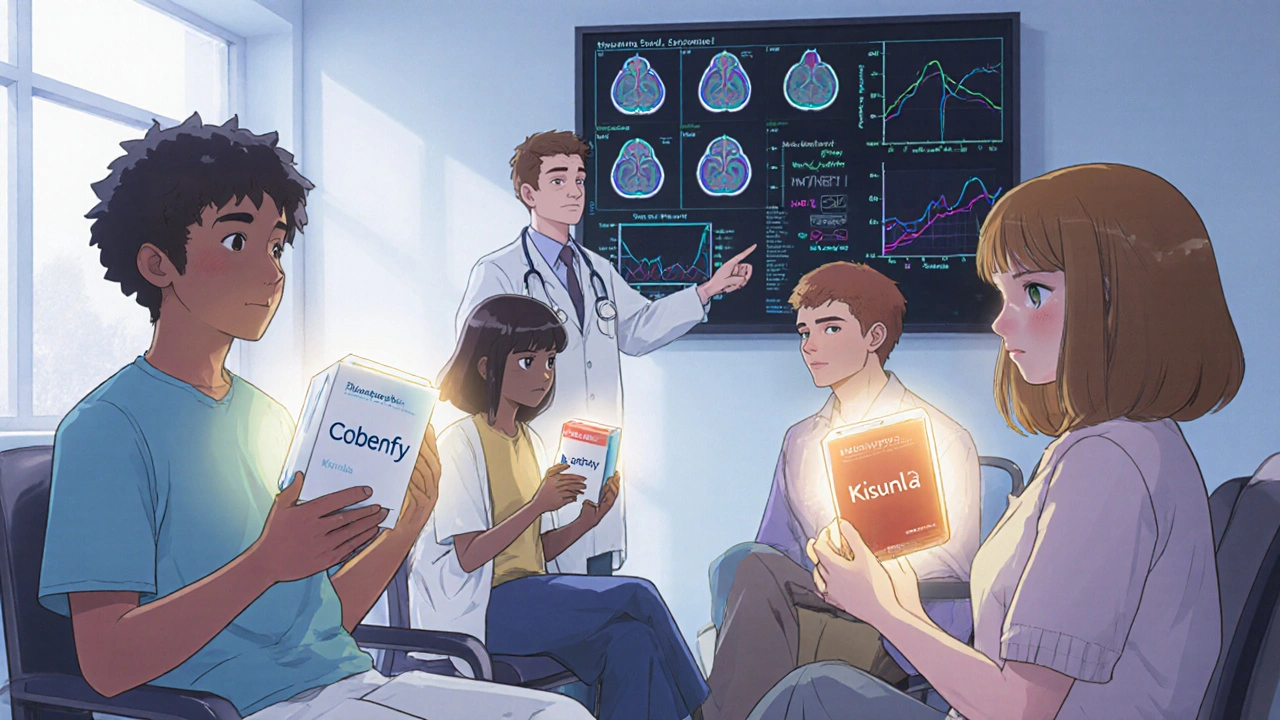Drug Safety Profiles: Understand Risks, Interactions, and Real-World Protection
When you take a pill, you’re not just getting the active ingredient—you’re stepping into a web of drug safety profiles, comprehensive records of how a medication behaves in the body, including its risks, side effects, and interactions with other substances. Also known as pharmaceutical safety data, these profiles are the backbone of every prescription decision, whether you’re a patient or a clinician. They don’t just list side effects—they show you what happens when a drug meets alcohol, when it’s taken with another medication, or how it affects someone with kidney disease. This isn’t theoretical. It’s the difference between feeling better and ending up in the ER.
These profiles rely on data from DailyMed, the official FDA source for up-to-date drug labels and adverse reaction reports, and real-world reports from hospitals and pharmacies. They also connect to automated dispensing cabinets, clinical tools that reduce errors by checking drug interactions before a dose is given. But even the best systems fail if the data is outdated or misunderstood. That’s why knowing how to read a drug label matters. A benzodiazepine like Xanax might say "avoid alcohol"—but it doesn’t always warn you that mixing it with sleep aids or opioids can stop your breathing. That’s part of the drug safety profile, buried in fine print. Meanwhile, supplements like feverfew can thin your blood just like warfarin, and if you’re not checking, you’re risking internal bleeding. Even "natural" doesn’t mean safe.
Drug safety isn’t just about warnings—it’s about context. A drug that’s risky for someone with liver disease might be fine for a healthy 30-year-old. That’s why pharmacokinetics, how your body absorbs, moves, and removes a drug matters. Calcium acetate works differently in someone with kidney failure than in a healthy person. Trazodone might help you sleep, but only if you pair it with good sleep hygiene. And if you’re taking finasteride for hair loss, you need to know how it compares to dutasteride—not just in price, but in side effects. These aren’t just drug comparisons—they’re safety decisions.
You’ll find real examples here: how to use DailyMed to check the latest side effects, why authorized generics cost more than they should, how to spot dangerous interactions with anxiety meds, and what to do if you’re scared of side effects because of the nocebo effect. This isn’t a list of warnings—it’s a guide to taking control. Whether you’re managing osteoarthritis with diacerein, treating scabies with permethrin, or choosing between motion sickness pills, the same rules apply: know the risks, check the interactions, and don’t assume anything is harmless. Below, you’ll find detailed, no-fluff guides that cut through the noise and show you exactly what you need to know to stay safe.

New Drug Approvals: Recent Medications and Their Safety Profiles
Explore the latest FDA-approved medications from 2024-2025, their breakthrough mechanisms, real-world safety data, and what patients and doctors need to know before using them.
